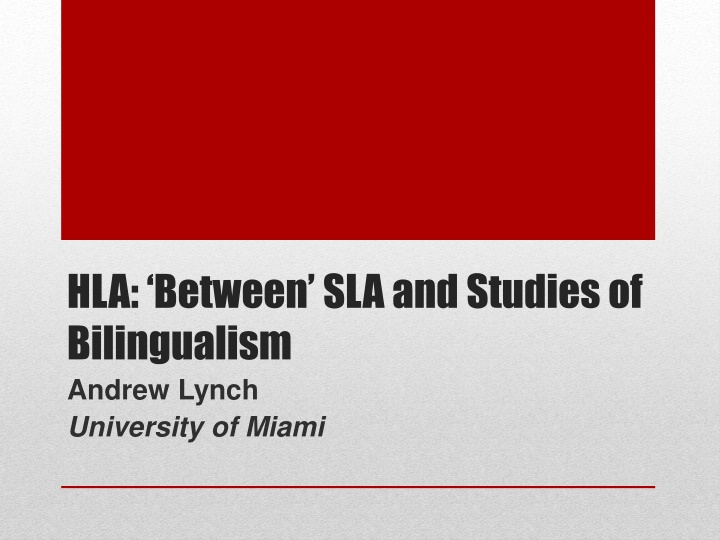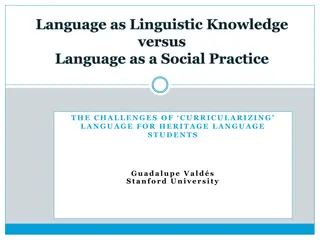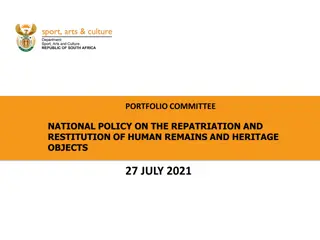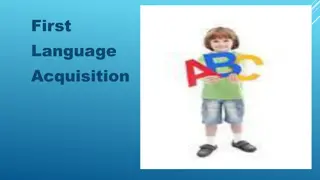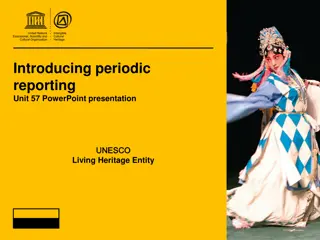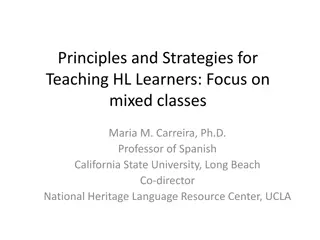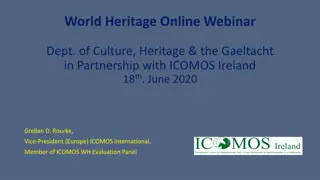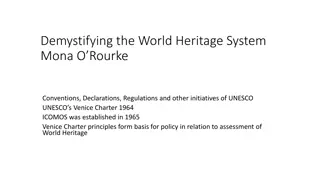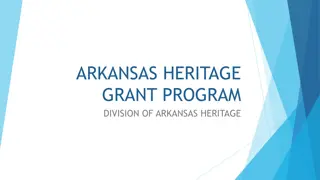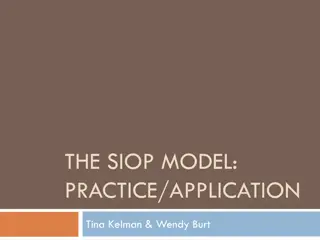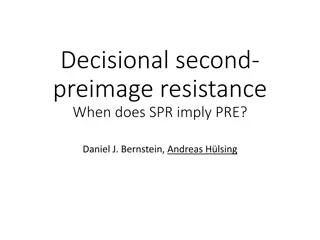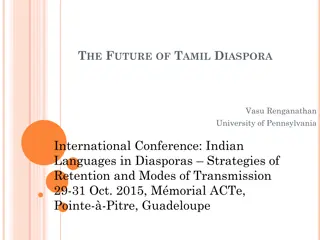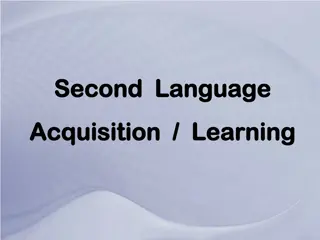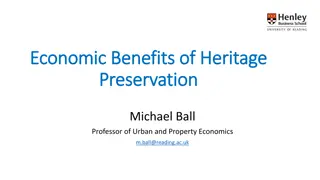Contrasting Heritage Language Acquisition and Second Language Acquisition
Heritage Language Acquisition (HLA) and Second Language Acquisition (SLA) differ in various aspects including context of acquisition, age of acquisition, degree of proficiency, and identity. HLA typically begins at home, while SLA often starts in a classroom setting. Factors such as naturalistic vs institutional settings, age of acquisition, proficiency level, and identity play a crucial role in distinguishing between HLA and SLA.
Download Presentation

Please find below an Image/Link to download the presentation.
The content on the website is provided AS IS for your information and personal use only. It may not be sold, licensed, or shared on other websites without obtaining consent from the author.If you encounter any issues during the download, it is possible that the publisher has removed the file from their server.
You are allowed to download the files provided on this website for personal or commercial use, subject to the condition that they are used lawfully. All files are the property of their respective owners.
The content on the website is provided AS IS for your information and personal use only. It may not be sold, licensed, or shared on other websites without obtaining consent from the author.
E N D
Presentation Transcript
HLA: Between SLA and Studies of Bilingualism Andrew Lynch University of Miami
A defining distinction between heritage language and foreign language acquisition is that heritage language acquisition begins in the home, as opposed to foreign language acquisition which, at least initially, usually begins in a classroom setting. (UCLA Steering Committee 2000) How do we define a HL?
What do heritage language learners acquire? How do they acquire it? What differences are there in the way in which individual learners acquire a heritage language? What effects does instruction have on heritage language acquisition? (Lynch 2003) HLA vs. SLA
In many respects, L1 loss in a bilingual context is the flip side of the L2 acquisition coin. (Montrul 2005) it is fair to say that heritage speakers provide a crucial missing link between competent L1 learners, balanced bilinguals, and possibly L2 learners (Polinsky 2008) Russian heritage speakers may indeed be lost in between in the continuum of language speakers. (Isurin & Ivanova-Sullivan 2008) HLA vs. SLA
Context of acquisition: Did the individual acquire both languages in naturalistic settings (i.e. at home) or in institutional settings (i.e. in the classroom)? Age of acquisition: Did she acquire both languages during early childhood or was one of the two acquired later, i.e. during adolescence or adulthood? Bilingualism vs. SLA
Degree of proficiency: Does the individual demonstrate basic or low-level abilities within limited topic ranges or does she produce complex and sophisticated discourse on a wide range of topics? Bilingualism vs. SLA
Identity and native or native-like qualities: Does the individual self-identify as a speaker of both languages, laying some sort of personal claim to their use, and do other in-group speakers of both languages also consider her as such? Does she sound or behave like an imagined native speaker, or does she give the impression of someone who is foreign or nonnative-like ? Bilingualism vs. SLA
Language as construct (language in place) Language as practice (language in motion ) the mobility of people also involves the mobility of linguistic and sociolinguistic resources, sedentary or territorialized patterns of language use are complemented by translocal or deterritorialized forms of language use, and the combination of both often accounts for unexpected sociolinguistic effects (Blommaert 2010) Context and globalism
The difference that everybody can observe within one and the same immigrant family, where the children soon overtake their parents, reflects implicit acquisition processes only; adolescents and adults do not have any more problems than children with the kind of learning that is typical of most foreign language learning, on the contrary (DeKeyser 2013) Context and process
Is an apparent critical period attributable to maturational phenomena of cognition and experience, to biological constraints posed by neuro-anatomical development, or to social phenomena of identity and opportunities for exposure, input and use? Or is ultimate attainment determined by the complex interplay of all of these factors? Age
Across studies, there is a wide range of conceptual and methodological approaches, and conclusions are based on highly disparate samples taken from very limited strata of the population (mostly classroom L2 learners). Across studies, there is lack of control of fundamental variables, similar instrumentation, and methodological procedures. Age
Different than what has previously been conjectured in cognitivist and generativist accounts of language acquisition, recent neurolinguistic research suggests that social constraints (degree of exposure and level of proficiency) are in fact more essential or critical than biological constraints (age of acquisition). Age and socio-cognition
The available evidence indicates that an L2 seems to be acquired through the same neural structures responsible for L1 acquisition. This observation extends to grammar acquisition in late L2 learners contrary to what one may expect from critical period accounts. (Abutalebi et al. 2009) Age and the brain
[R]esearchers should put more effort on extended longitudinal investigations addressing the natural course of L2 acquisition (i.e., follow-up studies in L2 teaching classrooms). To date, the course of language acquisition has mainly been documented for specific components (such as grammatical rules or a limited lexicon) using experimental conditions.... (Abutalebi et al. 2013) Age
Of course, these studies are highly informative...but they do not represent the natural course and environment of L2 acquisition and so may not reveal the real- life mechanisms.... Likewise, we emphasize that there is an apparent lack of interest toward one of the factors that crucially influences the neural basis of L2 processing: the relative exposure toward a language. (Abutalebi et al. 2013) Age
Language attrition in societal bilingualism is in fact to a large extent the mirror image of development in creolization, and in first and second language acquisition.... This correspondence may in fact reflect the freezing...of the bilingual s secondary language (Silva-Corval n 1990) Interlanguage (Selinker 1972) Proficiency
Simplification Overgeneralization Transfer Code-switching (language mixing) Great variability Proficiency
Free variability serves as the impetus for development in L2 acquisition (Ellis 1985) L2 is directly affected by the social setting, in the use of linguistic variants tied to code-switching, attention to form vs. meaning, and the appropriation of voices associated with particular group roles and identities (Tarone 2010) Stable patterns in language emerge through an iterative process (Larsen-Freeman 2010) Variability
Marked informal variants (toi and moi as [twe] and [mwe] rather than normative [twa] and [mwa]) Mildly marked informal variants (absence of particle ne in negative sentences) Neutral variants (auto to refer to a car rather than the markedly informal char or the markedly formal voiture) Formal variants (demeurer [to reside] rather than the more informal rester) Hyper-formal variants (ne que rather than juste to express restriction) Markedness (Mougeon et al. 2010)
judgments of proficiency are themselves always relational and socio-ideologically positioned, and in a great many interactions the fact that one participant learnt to speak the language in use later in life is irrelevant to the encounter. (Rampton 2013) Proficiency and identity
The passing performance is just the highest form of linguistic performance that expert L2 speakers are capable of but it does not involve any sort of mistaken identity at all. The audience knows that the performer is a highly skilled bilingual and native or non- native identities just do not matter in this context. (Piller 2002) Proficiency and passing
An audience will listen with interest, satisfaction and involvement to a discourse by a foreigner using the native language of the group he is addressing . [M]eaning is transferred to receptive minds without consideration of barriers that in instructional settings would be causes for failure. (Roeming 1966) Proficiency and meaning
Consider the ways in which speakers classify themselves and the ways that they are classified by local others. Take into account the speech of those who inhabit the same environment. Situate expectations with regard to particular interlocutors, interpreters, analysts, genres and footings. (Rampton 2013) Proficiency and status
HLA situated in practice, social networks, communities (globalism) Relationship between communicative competence (social use of language) and grammatical competence Socio-phonetics Socio-cognition (Batstone 2010) Role of output in HLA Agency and opportunity (globalism) Future research directions
